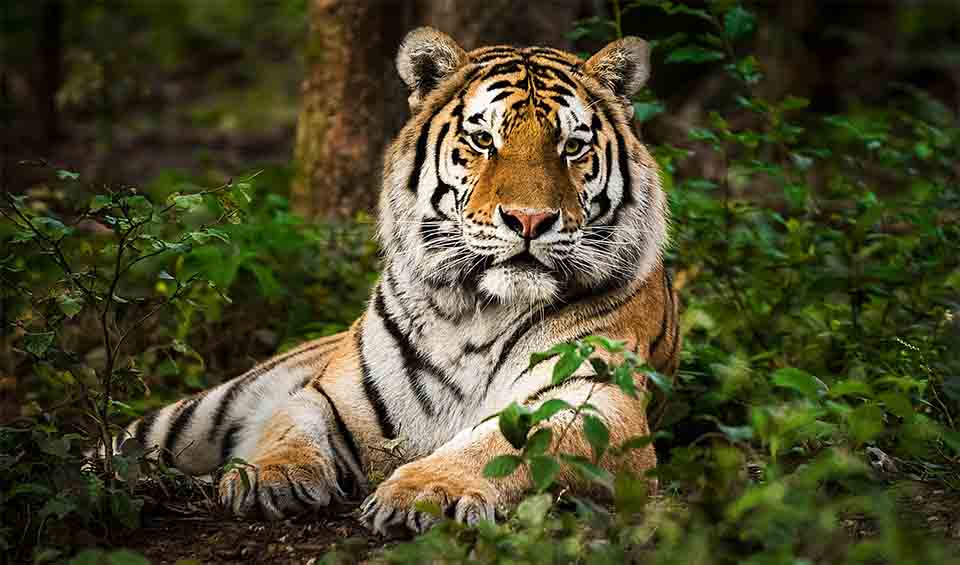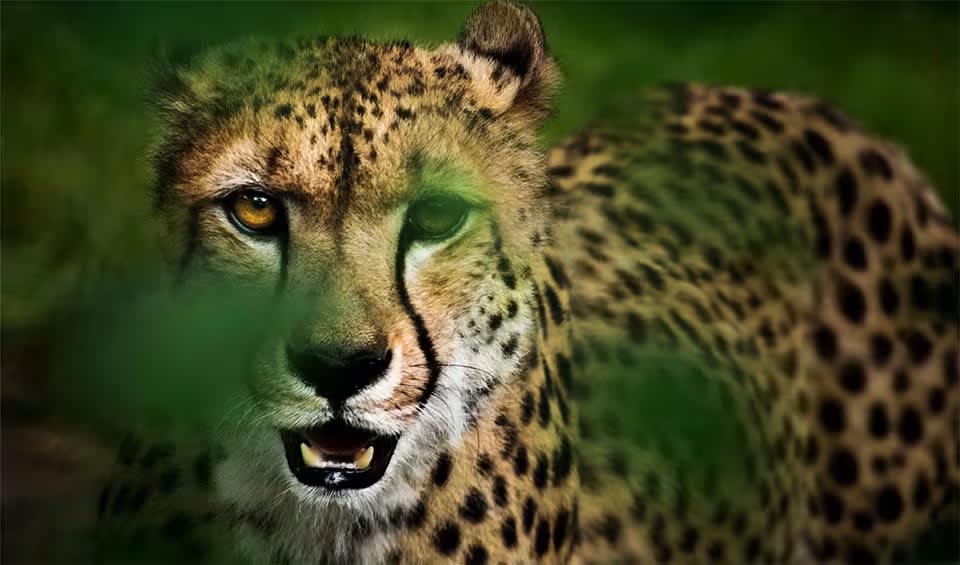An awe-inspiring Ice Age megafauna species commonly referred to as the “Siberian unicorn” due to its massive single horn. Initially, paleontologists believed this species had disappeared around 200,000 years ago, but advancements in radiocarbon dating have dramatically altered this view. New evidence now indicates that Elasmotherium survived until approximately 39,000 years ago, significantly narrowing the gap between its extinction and the period when early modern humans were expanding across Eurasia. This revelation raises fascinating possibilities about potential interactions between these enormous animals and human populations.
Elasmotherium was not just remarkable for its size but also for its distinct features. This prehistoric rhinoceros is estimated to have stood nearly 6.5 feet at the shoulder and could weigh up to 4 tons. Its horn, possibly reaching lengths of over 7 feet (84 inches), likely served multiple purposes, from defense and dominance displays to foraging in the permafrost-covered landscapes of Pleistocene Eurasia. Unlike modern rhinos, Elasmotherium had longer limbs and a more horse-like gait, which might have allowed it to travel across great distances in search of food, primarily grazing on tough, dry grasses in the steppes and open woodlands of Central Asia and Eastern Europe.
The extended survival of the Siberian unicorn alongside early Homo sapiens opens the door to theories about their coexistence. Did ancient humans hunt these formidable creatures, or were they revered and possibly incorporated into early mythologies? The mystery deepens when considering cave art and early folklore that depict unicorn-like beings. The study of Elasmotherium fossils thus not only enriches our understanding of Ice Age biodiversity but also highlights the intricate relationships between prehistoric humans and the megafauna that roamed alongside them, ultimately shaping both ecosystems and cultural narratives.
Distribution
 China
China Kazakhstan
Kazakhstan Moldova
Moldova Russia
Russia Ukraine
UkraineAnything we've missed?
Help us improve this page by suggesting edits. Glory never dies!
Suggest an editGet to know me
Terrestrial / Aquatic
Altricial / Precocial
Polygamous / Monogamous
Dimorphic (size) / Monomorphic
Active: Diurnal / Nocturnal
Social behavior: Solitary / Pack / Herd
Diet: Carnivore / Herbivore / Omnivore / Piscivorous / Insectivore
Migratory: Yes / No
Domesticated: Yes / No
Dangerous: Yes / No




